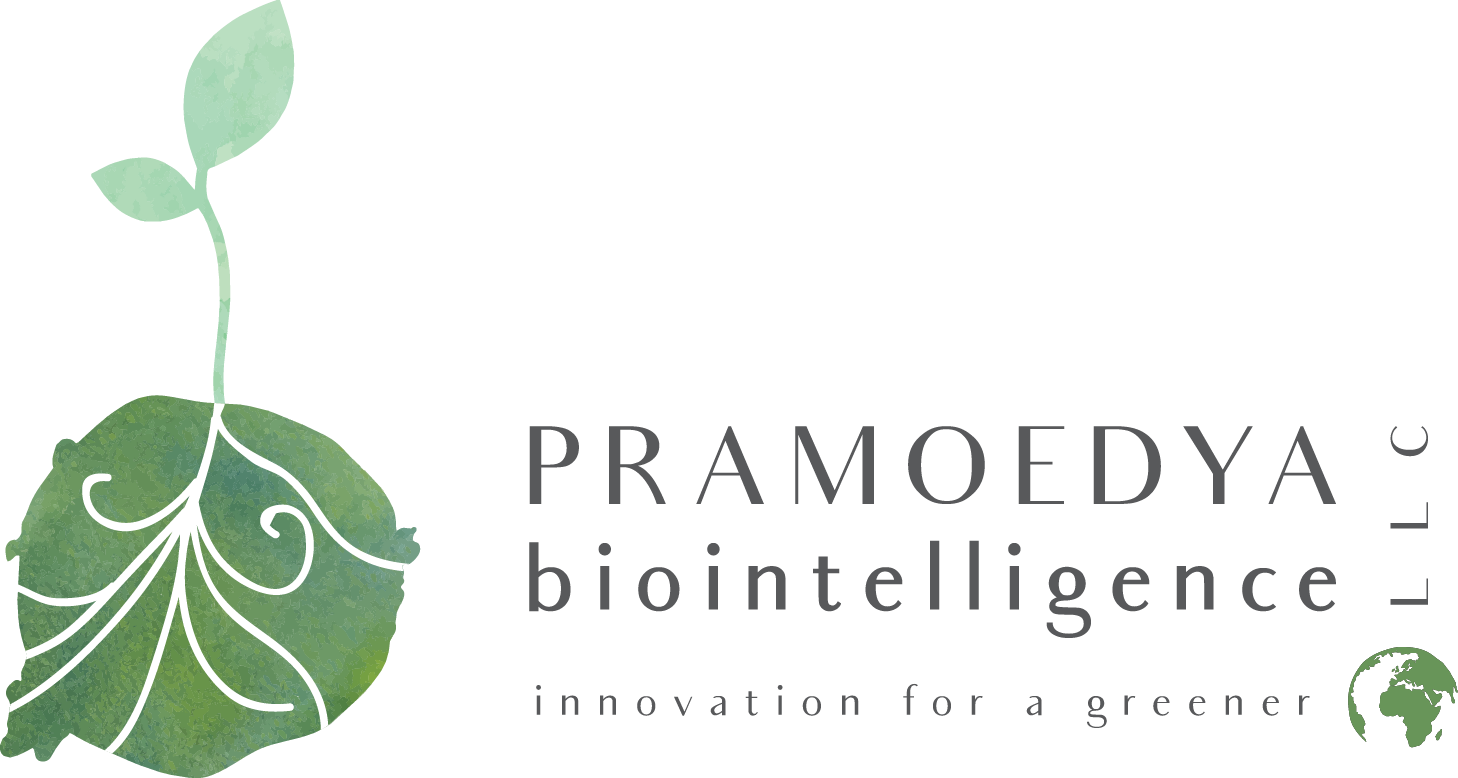CRISPR/Cas9 Genome Editing Patent Landscape
The CRISPR/Cas system is a microbial "adaptive" immune system in bacteria and archaea. Bacteria use CRISPR/Cas system to help recognize viruses and defend themselves. In fact, the CRISPR/Cas system plays an important role in our daily dairy life, as infection of starter culture bacteria (which are used to make make yogurt and cheese) by bacteriophage frequently occurs during the yogurt and cheese manufacturing process. These starter culture bacteria employ their natural CRISPR/Cas system to fend off bacteriophage attack.
CRISPR stands for Clustered Regularly Interspaced Short Palindromic Repeats and Cas9 is the protein (endonuclease) that cuts and degrades the foreign DNA. Briefly, when CRISPR DNA sequences are transcribed into RNAs, the CRISPR RNAs could then serve as "guide" to direct Cas9 protein to the desired DNA sequence to perform the cleavage or genome editing. In the past few years, the CRISPR/Cas9 system has been intensively researched and developed by many academic and industrial groups for diverse genome editing applications, including in medicine for therapeutics purposes, agriculture and food (e.g. yogurt) manufacturing process.
Our questions:
What are the trends and themes of CRISPR/Cas9 patent landscape?
Who are the key and emerging players for CRISPR/Cas9?
How does the corporate/academic collaboration network for CRISPR/Cas9 look like?
In which medical or therapeutics settings have CRISPR/Cas9 been patented?
What are the additional applications of CRISPR/Cas9?
What are the biggest challenges in the applications of CRISPR/Cas9?
Is it RNA production, target specificity, formulation, delivery into cells or others?
>1474 CRISPR/Cas9 patent families were retrieved using PatentInspiration by AULIVE
Key CRISPR/Cas9 players by patent topics : medicine, animal husbandry and agriculture.
These three topics consist of more than 430, 158 and 122 patent families, respectively.
We would like to hear from you!
Contact us if you have any comments or questions related to the CRISPR/Cas9 technology landscape.












